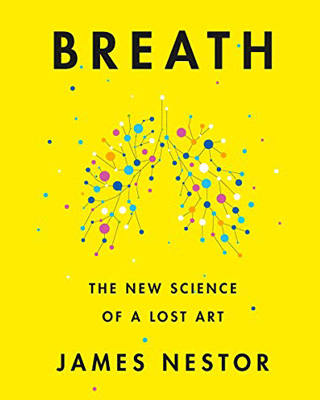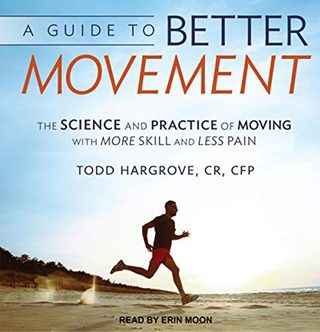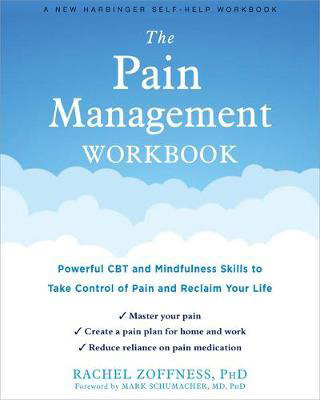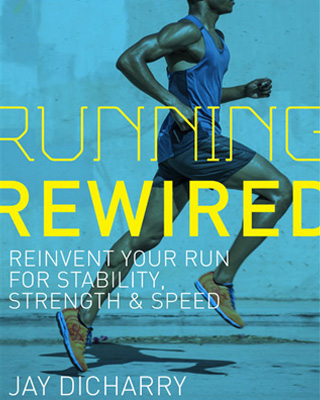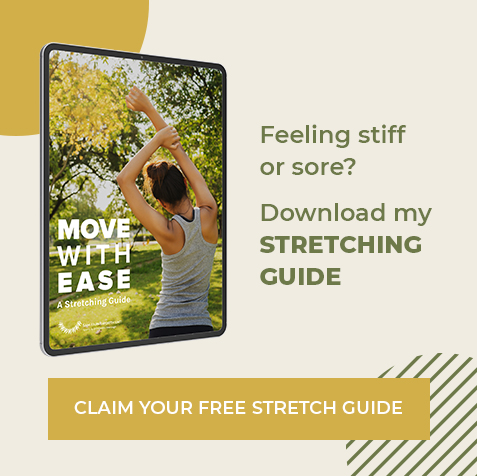I’m always in the middle of a couple books. Whether history, travel, a spy novel, exercise physiology or a massage CEU course, I love learning. Inspired by all the year end book lists, what follows are four books and a podcast that resonated with me in 2020.
Books that resonated with me in 2020 (plus an app)
Breath, James Nestor
What’s a booklist without a NYT Bestseller?? Did you know that HOW we breathe affects not just snoring, but may affect the incidence of ADHD, asthma and sleep apnea? That our sinuses and palates have gotten smaller over the last 200-300 years and this affects how we breathe? Nestor’s curiosity about breathing started with his book of free-diving (Deep), but has expanded to examine the health implications of “mouth breathing” that so many of us now do. Beyond these modern habits, Nestor researches and experiments with a series of breathing techniques for breathing less, breathing more, increasing body temperature. Many of these techniques are centuries old. Nestor is a journalist first, so his writing is excellent and entertaining. But he has also deeply researched this book to the tune of 30+ pages of notes and references.
The next two recommendations in my quest to better understand “pain” and in particular chronic pain. Specifically, why are individuals living with chronic discomfort, when their injury does not seem to proportionally correspond to tissue damage? While cases are highly individualized, researchers have gotten more sophisticated in their understanding of pain. Pain researcher Professor Lorimer Moseley has helped lead a revolution in the field, examining the biopsychosocial model of pain.
- Biology – genetics, age, tissue damage, inflammation;
- psychological – thoughts, beliefs, emotions, coping behaviors, and;
- social – family, friends, environment, culture,
ALL affect your perception of pain.
A Guide to Better Movement, Todd Hargrove
The subtitle to this book is “the science and practice of moving with more skill and less pain”, says it all. Hargrove started out as a lawyer and became a body worker (Rolfing and Feldenkrais). His background as a lawyer makes him exceptionally good at distilling technical information and putting concepts in layman’s terms. The first half of this book is a step by step construction of how the mind, spinal cord and body execute movement and how they perceive/react to pain. The second half of the book consists of exercises to examine what movement is possible to do within the confines of pain, while introducing possibilities for increased movement. I found the book very well written and logical. Hargrove’s book takes you through an intellectual understanding of pain and guides you through physical possibilities.
The Pain Management Workbook, Rachel Zoffness
Rachel’s book also takes you through an intellectual understanding of pain (more concise) and then guides you through intellectual and emotional possibilities to managing or possibly reducing pain. As a psychologist, Rachel uses cognitive behavioral therapy – what we think, feel emotionally and physically affects how we act – and how we act affects what we think and feel. Pain obviously can affect the four elements of this model. From page 3, this workbook engages the participant in both the explanation of the biopsychosocial model of pain, as well as structured exercises that culminate in the development of YOUR plan to proactively manage chronic pain. The book is easy to work through either on an individual basis or with a therapist.
Running Rewired, Jay Dicharry
I had to put a training book in here. Runners, want to stay as fit as possible? Don’t get hurt! Incorporate strength training into your fitness program. Strength makes you more durable and faster. A physiologist and biomechanics researcher, Jay Dicharry is one of the gurus of running mechanics and training. Running Rewired reviews the basics of biomechanics and anatomy and provides a menu of mobility, strength and plyometric exercise programs to improve all of us. I perform a series of his mobility and activation exercises before every run, and incorporate his strength exercises in my strength program.
Ten Percent Happier, Meditation App
This application is great. It has dozens of brief discussions on meditation techniques (2-5 minutes) coupled with guided meditations, which range from 10-20 minutes long. Pick a 20 minute window each day and dive in! While there is a modest fee, it provided me with an unintimidating portal into the practice of meditation. The app easily initiates the first-timer and provides plenty of room to learn from some of the pioneers that brought meditation to the US and founded the Insight Meditation Society in Barre, MA. I’ve spent more than half of my life wanting to cultivate a meditation practice. The pandemic provided the opportunity. A client kicked me in the pants and pointed me in the right direction. For that I am very grateful. I have learned that meditation is not selfish. In fact, it can be one of the best things you can do for the world.
So 2020 wasn’t all bad. Inspiring human curiosity, reflection and creativity are always at work. Let’s keep finding inspiration in 2021!

